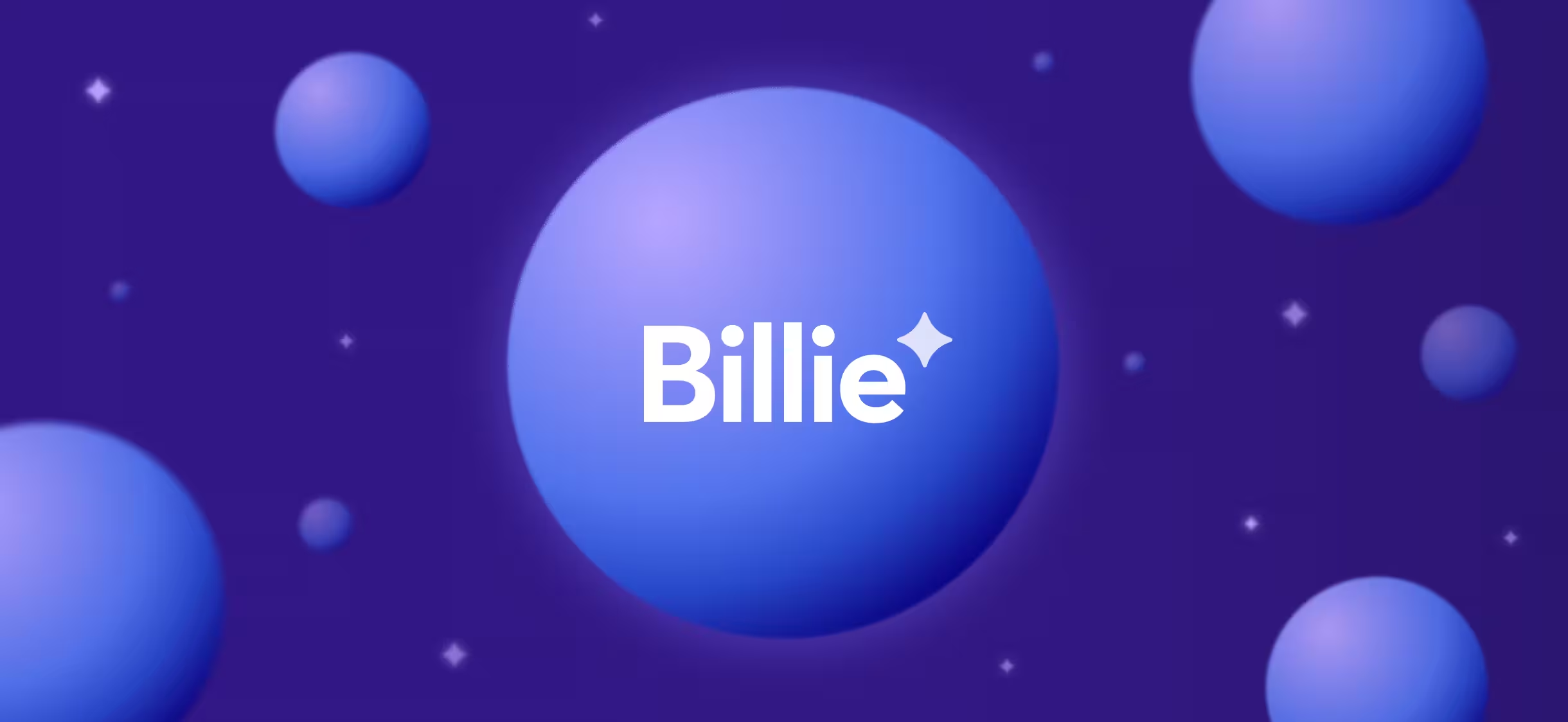The Crucial Role of Digital Patient Billing and the Shortcomings of Paper Billing

In an era marked by rapid technological advancements, the healthcare industry is no exception to the need for digital transformation. One area that has seen significant progress is patient billing. The transition from paper-based billing to digital patient billing has brought numerous benefits to healthcare providers and patients alike. This article will delve into the importance of digital patient billing and why paper billing is inferior in comparison.
The Drawbacks of Paper Billing
1. Time-consuming and error-prone:
Paper medical records necessitate manual written processes, which are both time-consuming and prone to errors.
2. Disorganization:
Paper charts are notoriously disorganized, making it difficult for healthcare providers to efficiently access and manage patient information.
3. Increased risk of loss or damage:
Paper billing forces healthcare providers to store all their medical billing documents in one place, and losing a single document can significantly affect a patient's bill or patient experience. Electronic medical billing eliminates the risk of misplacing a bill or damaging a piece of paper charts are notoriously disorganized, making it difficult for healthcare providers to efficiently access and manage patient information.
4. Slow payment processing:
Approximately 52% of healthcare entities surveyed stated that it takes over three months for their patients to completely pay their healthcare expenses. Paper billing contributes to this slow payment process, negatively impacting hospital revenue cycles.
Benefits of Digital Patient Billing
1. Efficiency and accuracy:
Digital medical billing eliminates the need for physical storage and filing systems, reduces the physical bulk of hard copies of medical records, and streamlines the billing process. Digital information in electronic bills covers insurance, medical history, and other relevant data, ensuring accuracy and reducing the likelihood of errors.
2. Cost savings:
Electronic medical billing is cost-effective compared to paper billing, as it requires less physical storage, labor, and resources.
3. Better communication:
Electronic billing allows healthcare providers to communicate more proactively with patients, who can receive their bills on their smartphones, tablets, or laptops. Many electronic billing solutions also provide customers the means to pay with a single click.
4. Increased patient satisfaction:
One-third of healthcare patients are unsatisfied with their provider's digital billing process and would be willing to switch providers if they had a disappointing experience with digital pre-appointment forms, online bill pay, and mobile and e-mail bill delivery. However, 78% of patients say they want to change their healthcare provider if they are not offering any digital financial experience. Offering digital payments provides convenience and ease for patients, leading to a more positive experience at healthcare facilities.
5. Streamlined workflow:
Healthcare digital payments and mobile pay options not only offer convenience for patients but also streamline the workflow for healthcare providers. With a digital payment platform, billing managers have more visibility into the payment process, making it easier to track and manage outstanding balances.
6. Decreased patient A/R and DSO:
Digital patient billing can help reduce accounts receivable (A/R) and days sales outstanding (DSO) by enabling faster and more efficient payment processing. By capturing payment information during patient intake and offering electronic billing options, healthcare providers can shorten the A/R cycle and improve cash flow. This, in turn, reduces the likelihood of bad debt and improves the overall financial health of the organization.
Low Engagement with Paper-Based Billing
Paper-based billing methods are a significant source of friction in the healthcare payments process. Paper is costly, slow, inconvenient, and contributes to consumer confusion and dissatisfaction. Low patient engagement with paper-based billing can lead to delayed payments, increased A/R, and higher DSO. By transitioning to digital patient billing, healthcare providers can improve patient engagement, leading to faster payments and better financial outcomes.
Decrease in DSO with Digital Billing
Digital billing has been shown to reduce DSO significantly. For example, Hewlett Packard Enterprise was able to reduce its DSO from seven or more days to two hours by using digital invoicing. This reduced invoice errors and condensed the turnaround time, providing the company better insight into the clearance of invoices. By adopting digital billing solutions, healthcare providers can experience similar reductions in DSO, leading to improved cash flow and financial stability.
Importance of Easy-to-Understand Medical Bills
Understanding medical bills can be challenging for patients due to specialized terminology, confusing acronyms, and indecipherable numerical codes. Providing easy-to-understand medical bills is crucial for improving patient satisfaction and ensuring timely payments. Digital billing solutions can help healthcare providers create clear, concise, and transparent bills, making it easier for patients to understand their financial responsibilities and pay their bills promptly.
Use of ChatGPT for Patient Billing Support
Large Language Models (LLMs) like ChatGPT can be used to streamline healthcare revenue cycle management by automating various administrative processes, ranging from billing to insurance approvals and collections. By integrating ChatGPT into healthcare organizations' websites and mobile apps, patients can have instant access to medical information, self-care advice, symptom checkers, scheduling appointments, and arranging transportation. These features can reduce the burden on healthcare staff and help patients better understand and manage their medical bills.
Conclusion
The shift from paper billing to digital patient billing has brought significant benefits to both healthcare providers and patients. Digital billing offers efficiency, accuracy, cost savings, better communication, increased patient satisfaction, and decreased patient A/R and DSO. In contrast, paper billing is time-consuming, error-prone, disorganized, and slow in processing payments. As the healthcare industry continues to evolve and embrace digital transformation, it's crucial for providers to adopt digital patient billing solutions to stay competitive and provide the best possible patient experience.














%20Workflows%20for%20Healthcare%20Providers%20.avif)
%20101.avif)
%20Glossary%20of%20Terms.avif)

%20for%20Healthcare%20%E2%80%A8Finance%20Teams.webp)


















